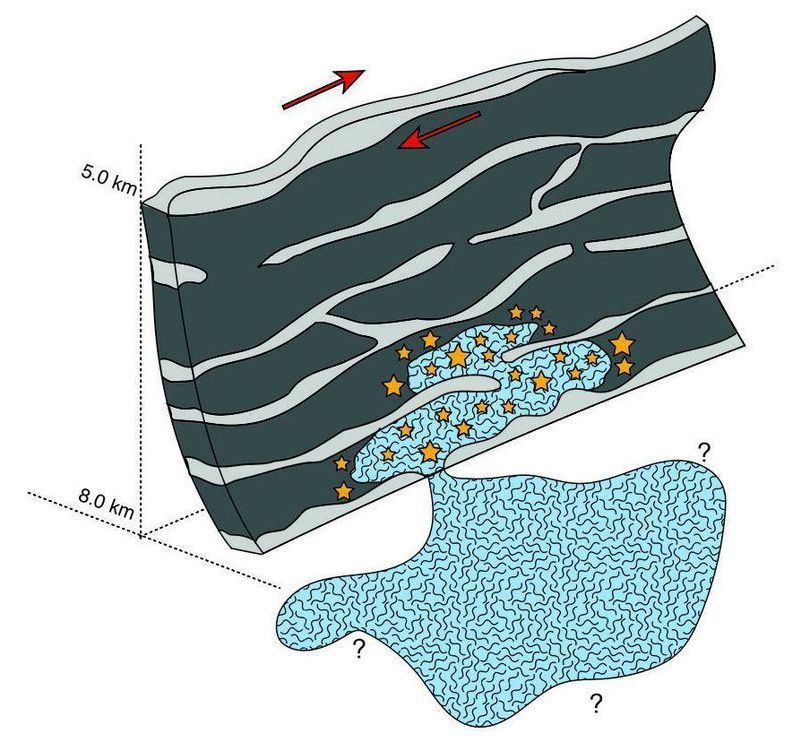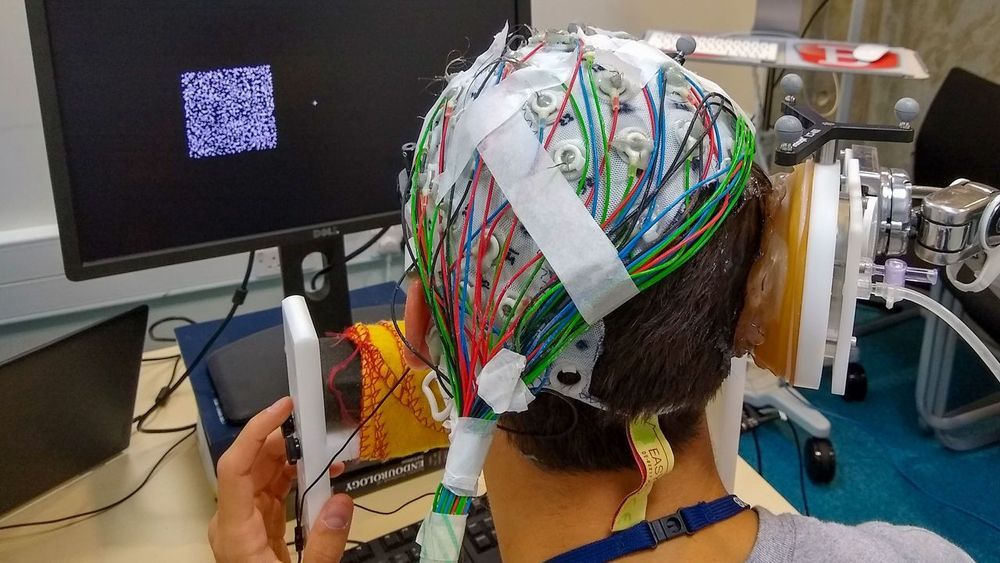While some cholesterol is a healthy thing for properly functioning cells, too much of it can cause blockages in the arteries and heart trouble, along with a host of other negative health outcomes. Scientists have discovered a new mechanism by which a “bad” type of cholesterol gains entry to the cells, identifying a pair of proteins that work like an entry tunnel. These proteins show promise as new targets for drugs that could lower cholesterol levels in the blood to help prevent disease.
The discovery made by an international team of researchers was only possible thanks to advances in imaging technology that enabled them to inspect proteins at a near-atomic level. In this case, the team were investigating the role two proteins, NPC1 and NPC2, play in transporting low-density lipoprotein (LDL) cholesterol, often referred to as “bad” cholesterol, into our cells.
“Before 2013 we often had to theorise about how membrane proteins worked and how they functioned, but now we can actually see them, and seeing is believing,” says study author Prof Rob Yang from the UNSW in Australia. “We were able to look at the NPC1 and NPC2 proteins and see exactly the role they play in transporting this LDL cholesterol into the cell.”








